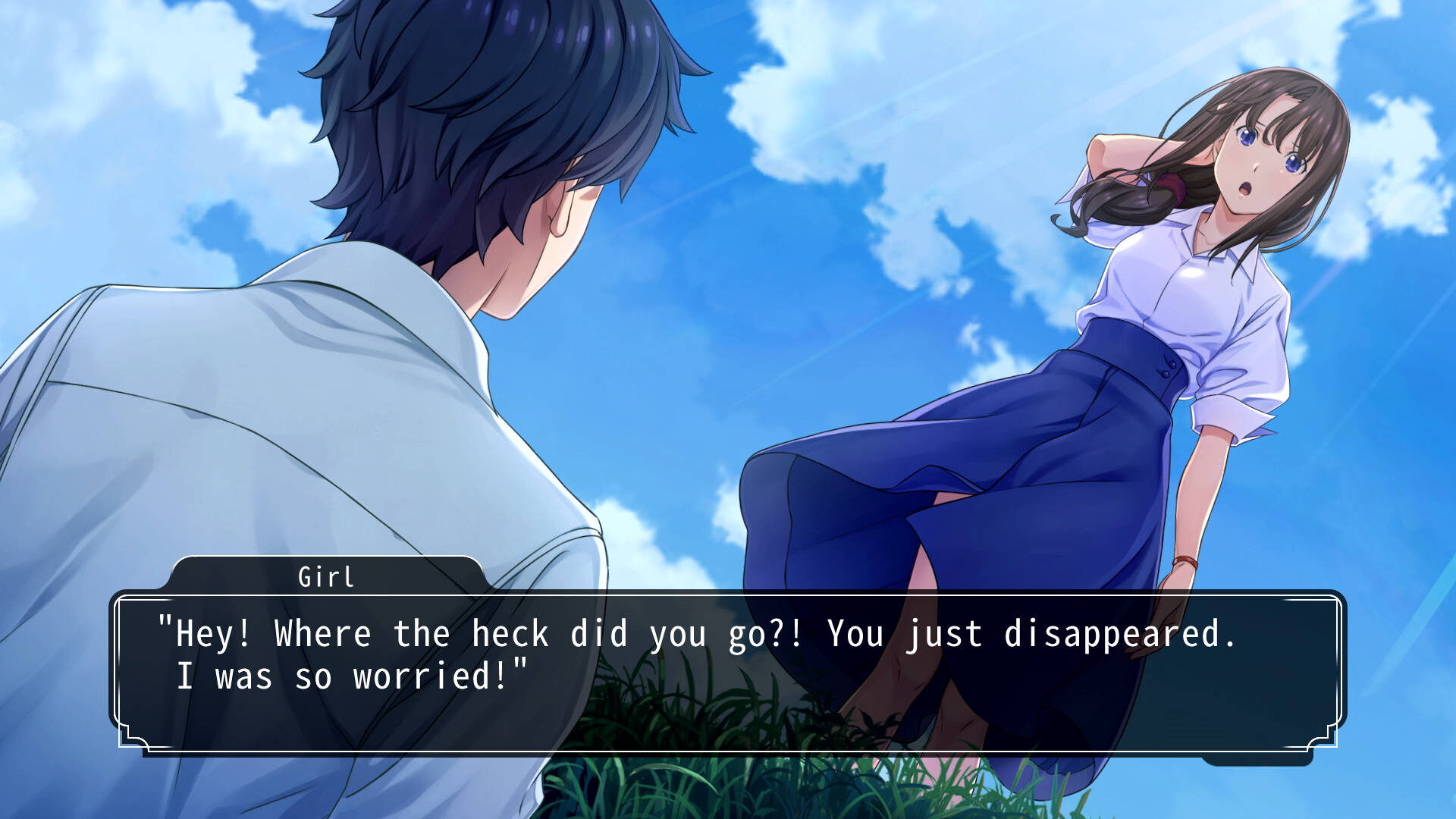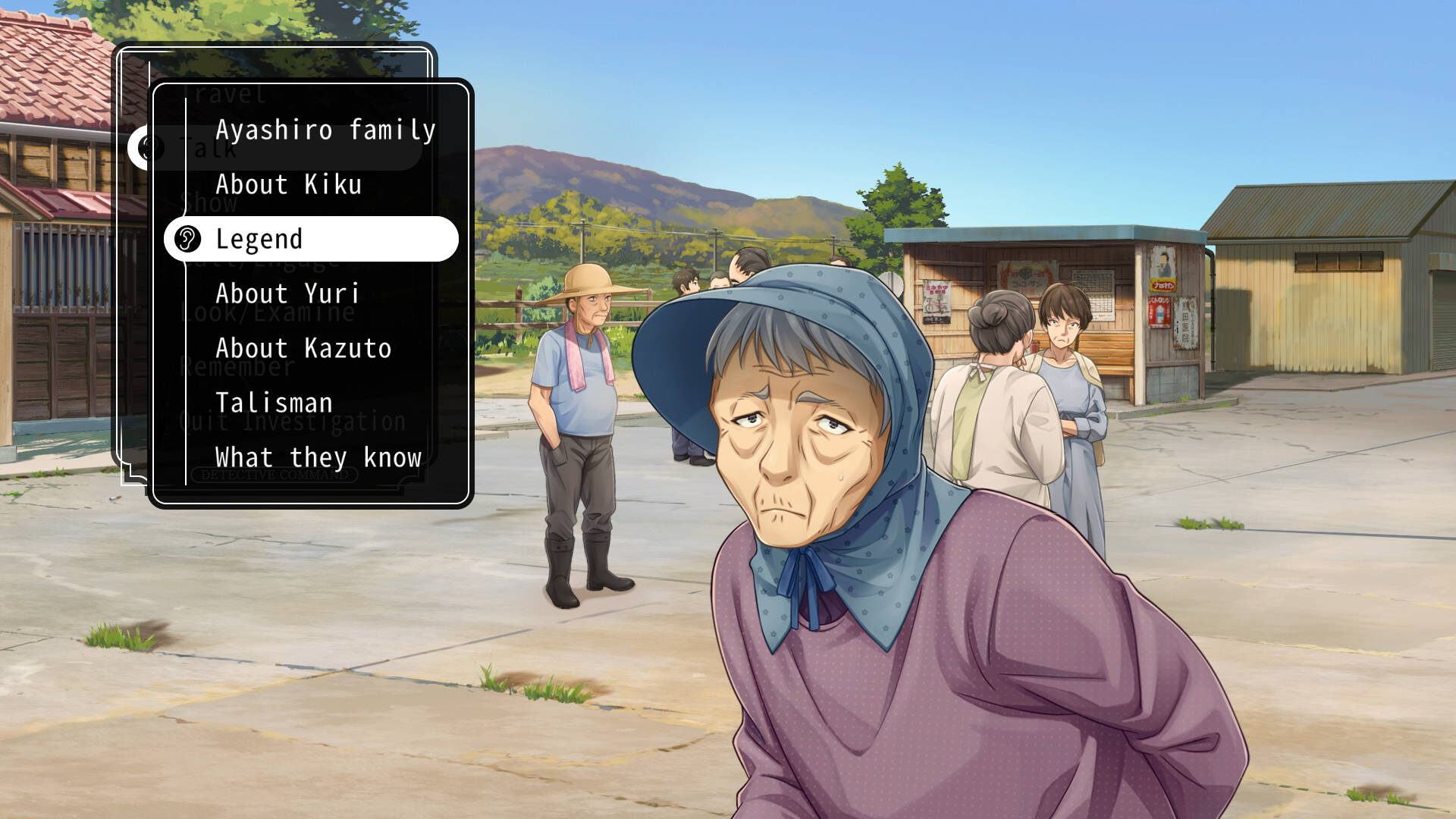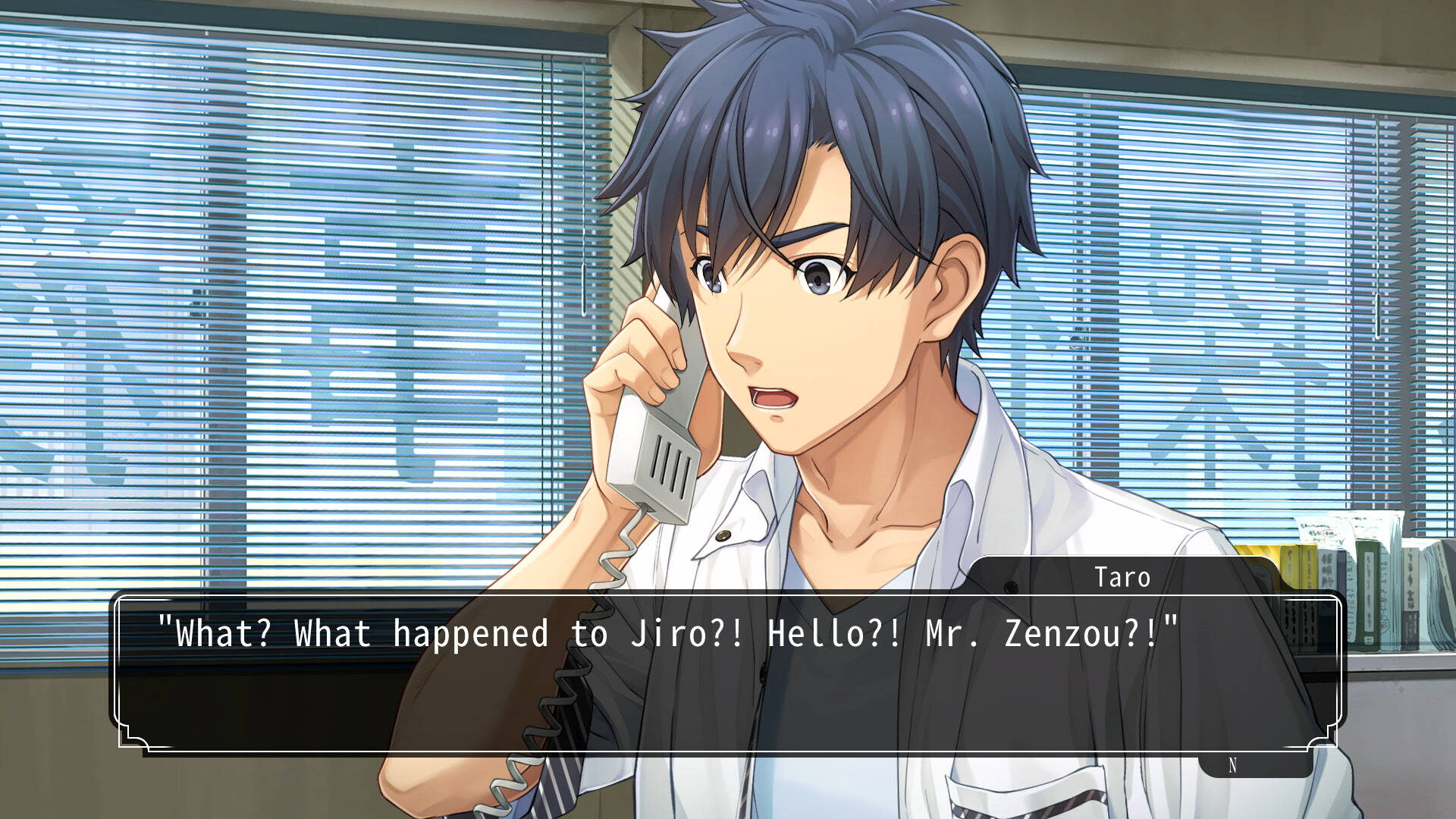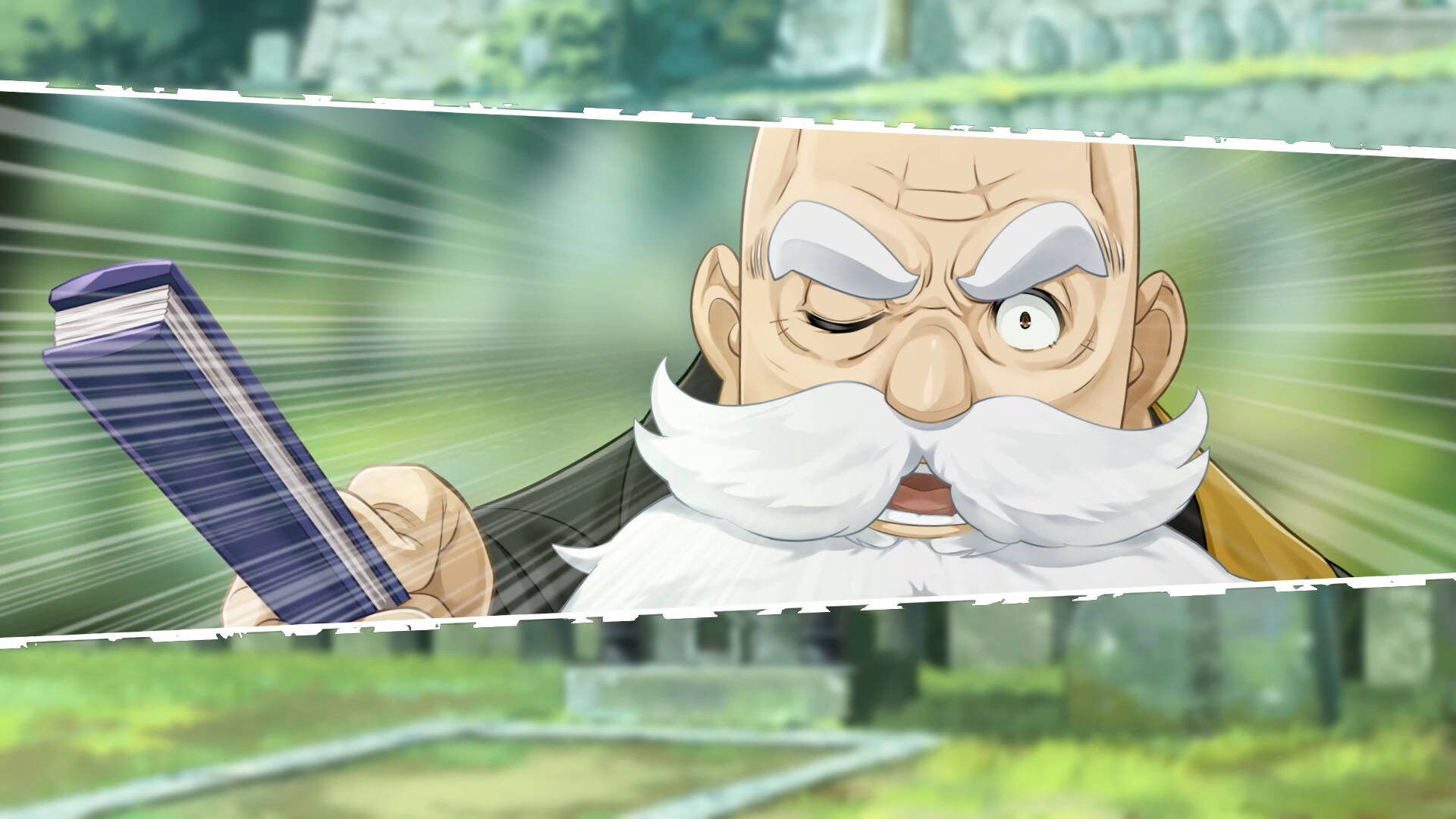It was only a few weeks ago that I was reviewing Nier Replicant Ver.1.22474487129…, a new remaster of Yoko Taro’s cult classic that righted a certain wrong in the game’s history. We English speakers never had the chance to play as the original main character, Yonah’s brother, and now he was finally given a ticket to the West 11 years and 1 day after his original Japanese debut.
While certainly a long wait, 11 years is nothing compared to the journey of Famicom Detective Club. A rather obscure Nintendo series outside of the company’s home country, neither the original game, Famicom Detective Club: The Missing Heir, nor its sequel, Famicom Detective Club: The Girl Who Stands Behind, ever made it our way. Part of that may be because they were Famicom Disk System releases, and their file sizes could have made it harder to port the games over to cartridges, unlike other smaller FDS titles such as The Legend of Zelda or Metroid. A potentially larger cause may have been Nintendo of America assuming owners of its first home console would have little interest in a slow, complex graphic adventure murder mystery.
As I sit here now writing my review of the Switch remake of Famicom Detective Club: The Missing Heir, I speak of a game that has taken 33 years to come our way. That’s three times the wait for NieR Replicant, and possibly the longest span of time it’s ever taken for a Japanese game to get an official English localization.
So—was it worth the wait?

The answer to that is going to depend on your personal tastes, and potentially your age. The Missing Heir still feels very much like other first-person, menu-driven adventure games from its original era, where you’re tasked with going from location to location in order to progress the next step of the story. With all actions initiated via a pop-up menu, that might mean talking to a specific character about the right topic, moving a cursor around a 2D environment to pick out a particular object to examine, or choosing more situational actions from the menu. Some more new-school players might lump the Famicom Detective Club titles into the visual novel genre, but they really are very different kinds of experiences, more reminiscent of other early examples like Shadowgate or Uninvited. Story and dialog are of course important in The Missing Heir, but unlike visual novels, they’re given equal or even less time in relation to interacting with the game to make your next move.
From my admittedly limited experience with the original 8-bit Famicom Detective Club releases, Nintendo seems to have taken a “conservative and faithful” approach to bringing both games into the modern era on a gameplay level. Part of me appreciates that, especially since we never got to play either game as originally intended. Another part of me, however, thinks that decision may have been a mistake.
For good or bad, old-school graphic adventures could be notoriously frustrating to figure out, and The Missing Heir is no exception. In general, making progress isn’t too difficult. As a detective tasked with trying to find answers surrounding the sudden death of Kiku Ayashiro, the head of a wealthy and powerful family, interviewing potential witnesses and searching for clues can at times be totally straightforward. Talking to the butler the day after the matron of the family died? Ask about what he saw, what the woman’s children have been up to, if anything strange had happened recently—things like that. Looking around Kiku’s room? Check for anything that might seem out of place or suspicious, or perhaps scrutinize seemingly innocent elements that could point to deeper secrets within the family. In those moments, every option presented as a conversation or examination choice is worth exploring, so you’re bound to trigger the requirement for advancing anyhow.

As you get further into the game, conversations naturally become more narrow in focus as you’re investigating a particular person or chasing a certain theory—and in those moments, knowing what the game wants from you isn’t always easy. Sometimes, it might be asking again about a couple key topics in a certain order. It might simply be choosing to “look” at the person you’re talking to in order to pick up on some particular clue. It might be having to jump back and forth between two different locations (that, in terms of the game’s world, are miles apart) to perform specific actions at each. Or, in the game’s lowest moment, it might be having to somehow know that you need to go pixel hunting around a specific environment—which is then complicated by the game breaking its own rule of always having your cursor note when you’ve moved it over an item you can interact with.
In the interest of full disclosure, there were a couple times while playing Famicom Detective Club: The Missing Heir that I broke down and referenced an FAQ for the game’s original release. (Which wasn’t always easy, given Nintendo has added, reworked, or expanded elements of the game here and there.) For anyone who has played other graphic adventures of that era, you’ll know far too well that nearly every game in the genre could be this demanding at times. The problem is, 33 years removed from The Missing Heir’s original release, we now live in a very different world. There are plenty of players who aren’t going to be used to this type of experience, and I think a chunk of the people who pick up either of the Famicom Detective Club games will either constantly hit up YouTube walkthrough videos or just give up entirely.
I know it’s always a potentially dangerous role to step into when doing a review, but I have to play armchair developer here for a moment. I think Nintendo could have kept both games faithful to what they were originally, but made them far friendlier to modern players by introducing a variety of assistance features. If nothing else, at least offer the option to have an icon on screen to let you know which location you need to be at to find the next point of progression, because not knowing where I should be focusing my attention was easily my most common annoyance. Next, have an option that grays out any menu choices that are now dead ends at your current location. That way, while not outright telling you what to do next, the game could at least let you know what to not bother doing next. Finally, at times, The Missing Heir will highlight menu choices in yellow to denote that you should be focusing on them. For those who just want to experience the game’s story, have an option that highlights the next step in yellow every time.

I wish Nintendo would have implemented ideas like those, because The Missing Heir’s story is pretty captivating throughout its entirety. Even as the story kicks off with one of the most overused tropes in Japanese gaming—the main character having amnesia—things quickly pick up from there. There are definitely questionable situations going on in the Ayashiro family (and the company they own), and the twists and turns that await always left me wanting to see what was next as a fan of both Japanese and crime dramas. Even after guessing one of the game’s big secrets around halfway through, I was still excited for the reveal when it happened, as it felt like a justifiable payoff to the events that had been building, rather than a surprise out of nowhere to catch me off guard.While I know not everyone may find it as interesting or riveting as I did, The Missing Heir’s narrative was the thing that always pulled me back in whenever I was feeling frustrated over a particular segment of its gameplay.
What should get more universal praise, on the other hand, are the remake’s visual and aural upgrades. I really like the art style that Nintendo chose here, and characters have enough animation to bring them to life on a level that static art couldn’t. The game is fully voice acted, which I always appreciate for these types of experiences, but do be aware that the only language option in that regard is Japanese. And while graphic adventures aren’t always what you think of when you think of game soundtracks, The Missing Heir’s music is not only both fitting and catchy, but also presented as either modern remixes or their original 8-bit chiptune versions.
It’s hard not to appreciate just how amazing of releases Famicom Detective Club: The Missing Heir and its sequel are on a basic level. Not only did Nintendo remake two extremely niche games from its early days for the Switch, but it also then brought them to the West for the first time in 33 years. While I certainly wish The Missing Heir would have been a game more people could appreciate after such a journey, it’s still both a genuinely enjoyable tale of murder and deceit, and a fascinating look into an era of gaming that’s now mostly gone—even when it gets bogged down in keeping faithful to that legacy.
So, while I do think the wait was worth it in the end, Famicom Detective Club: The Missing Heir’s biggest mystery may end up being just how many others out there end up feeling the same way.

|
★★★★☆
Famicom Detective Club: The Missing Heir is a captivating window not only into Nintendo’s past, but also into the past of adventure games as a whole. While it retains some of the gameplay frustrations that plagued the genre back in its earlier days, The Missing Heir offers a gripping murder mystery at its core, wrapped in video and audio upgrades that freshen up the experience for a whole new generation of would-be detectives. |
Developer Nintendo Publisher Nintendo ESRB T - Teen Release Date 5/14/2021 |
| Famicom Detective Club: The Missing Heir is available on Nintendo Switch. Primary version played was for . Product was provided by Nintendo for the benefit of this coverage. EGM reviews on a scale of one to five stars. | |

Mollie got her start in games media via the crazy world of gaming fanzines, and now works at EGM with the goal of covering all of the weird Japanese and niche releases that nobody else on staff cares about. She’s active in the gaming community on a personal level, and an outspoken voice on topics such as equality in gaming, consumer rights, and good UI. Check her out on Bluesky and Mastodon.